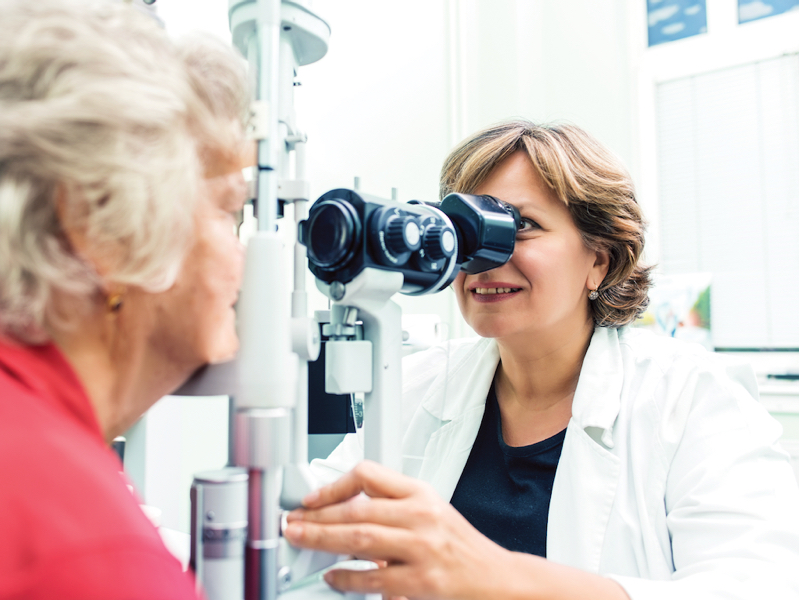Do you have additional risks for diabetic retinopathy?
Not all factors that increase your risk for diabetic retinopathy (DR) can be controlled. Knowing if you have these is important to determine whether you need to visit your eye health professional more frequently.
Duration of diabetes
Duration of diabetes is the strongest risk factor for diabetic retinopathy. The longer you’ve had diabetes, the more likely you are to have DR.
Almost everyone with type 1 diabetes and more than 60 per cent of those with type 2 diabetes will develop some form of DR within 20 years of diagnosis.1
That’s why it’s important to have an eye exam when you are first diagnosed with diabetes. Keep having regular eye exams, even if all previous exams have been normal.
Ethnicity and risk of diabetic retinopathy
Aboriginal and Torres Strait Islander Australians are two to four times more likely than non-Indigenous Australians to develop diabetes. Therefore, they are at a much higher risk of developing diabetic eye disease.
Other higher risk groups include some Middle Eastern and Asian populations and Pacific Islanders.2
Genetics
Studies have found that many genetic factors can influence the onset of complications in diabetes, including the severity and speed of onset of DR.3

Medical history
Women who have previously had gestational diabetes or polycystic ovary syndrome are at an increased risk of developing type 2 diabetes and DR later in life.
Being aware of risk factors can help you understand the importance of managing your diabetes and the need for regular eye exams.
Want more information on your risks?
MDFA’s National Helpline is here to help you, whatever stage of the journey you are on.
National Helpline
1800 111 709All MDFA services are free. We also have a range of resources that can be downloaded for free. These can be downloaded, or ordered in hard copy and posted to you.



















